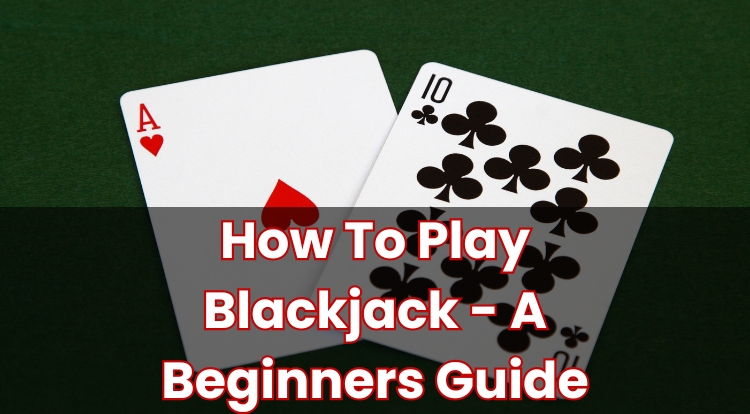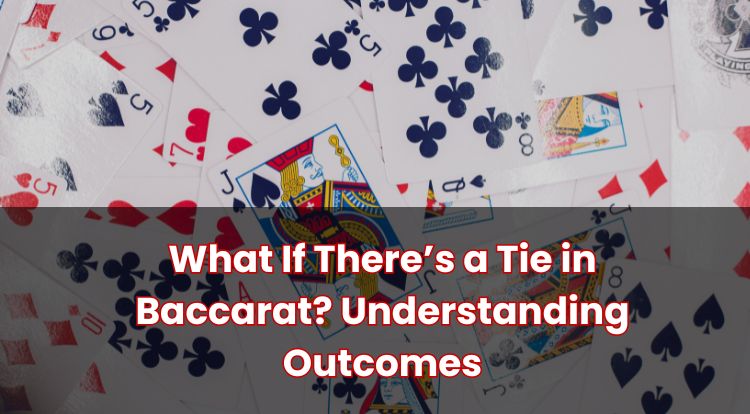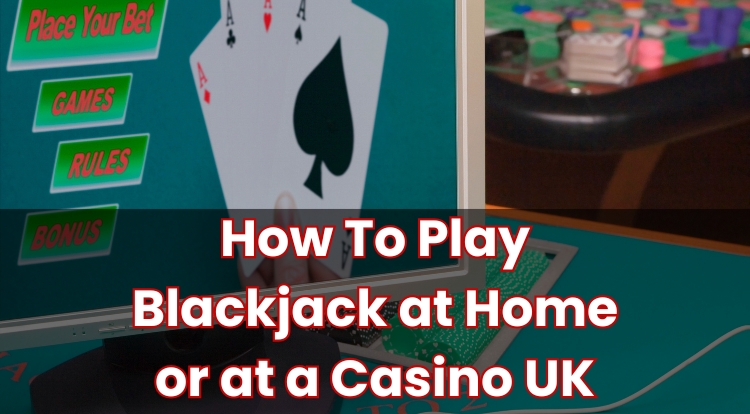Blackjack Hand Values Explained: Card Points & Rules Guide
Blackjack is one of the most well-known casino games, and understanding how hand values work can make the game feel much more straightforward. While the basic idea seems simple, a few specific rules and card interactions are worth knowing before you sit down to play.
This blog post introduces how blackjack hands are scored, how certain cards behave differently, and what outcomes to expect in typical scenarios. Each section adds a bit more detail to help build a complete picture, from how totals are calculated to what happens when hands tie.
Whether you’re just starting or revisiting the basics, knowing how hands work can make each decision at the table a little clearer. Read on to learn more.
Understanding Blackjack Hand Values
In blackjack, the aim is to end up with a hand that totals closer to 21 than the dealer’s, without going over. Each card adds points to your hand, and the total of those points determines your position in the round.
Some cards are straightforward in value, while others have more than one possible score depending on the situation. The dealer also follows a set pattern for drawing cards, which affects how rounds play out.
Once you understand what each card is worth, it becomes easier to follow the rhythm of the game.
How Are Blackjack Card Points Calculated?
Blackjack hand values are simply the total of the cards in your hand. Number cards, as expected, are worth the number shown. Some other cards have set values, and one in particular can shift depending on what’s most helpful for the hand.
Here are a few basic examples to show how totals are calculated:
- 10 + 3 + 8 = 21
- 9 + 9 + 4 = 22 (a bust)
- 7 + 7 = 14, then a 6 makes 20
One card in particular has a special flexibility—it can change its value mid-hand. That’s explained in the next section.
What Is the Value of an Ace in Blackjack?
The ace is the only card in blackjack that can count as either 1 or 11, depending on which value helps the hand the most. This flexibility allows some hands to adjust automatically to stay below 21.
For example:
- Ace + 7 can be 8 or 18. If a 9 is drawn, the ace adjusts to 1, making the total 17.
- Ace + King is 21 with two cards—a natural blackjack.
- Two aces can be either 2 or 12, depending on the third card drawn.
When an ace is currently worth 11 and could change to 1 without causing a bust, it’s called a soft hand. Once it shifts to 1 and can’t change back, it becomes a hard hand. This difference affects whether drawing another card is a potentially beneficial move or not.
How Do Face Cards and Number Cards Score?
Most cards in blackjack have fixed values. Number cards (2 through 10) are scored as the number on the card. Face cards—Kings, Queens, and Jacks—all count as 10 points.
This means:
- Queen + 10 = 20
- 6 + 8 + 7 = 21
A 10, Jack, Queen, and King all carry equal value in terms of scoring. There are no extra points for specific face cards, and a hand with a Jack and 10 is no stronger than one with a 10 and Queen.
When Does a Blackjack Hand Go Bust?
It’s widely understood that any hand over 21 is no longer valid—but what exactly does that mean in practice?
A hand is considered bust when its total exceeds 21, resulting in an automatic loss—regardless of the dealer’s cards. When this happens, the round ends immediately for the player.
A few examples show how busts can occur:
- A hard 15—such as 10 + 5—drawing an 8 becomes 23, which is a bust.
- A soft 18—for example, Ace + 7—drawing a 6 becomes 14, as the ace shifts from 11 to 1 to keep the total within range.
- Once an ace is fixed at 1 and can no longer adjust, the hand becomes hard, and additional cards have a greater chance of pushing the total over 21.
Recognising whether a hand is still soft or already hard helps players decide whether taking another card is likely to keep the hand in play—or lead to a bust.
What Happens if Both Hands Have the Same Value?
Sometimes, the player and dealer will end with equal hand totals. In those cases, the round doesn’t result in a win or loss—it ends in what’s called a push.
When this happens, your original stake is returned. For example:
- Player 20 vs. Dealer 20 = Push
- Player natural blackjack vs. Dealer natural blackjack = Push (in most games)
However, there’s a distinction between a natural blackjack (21 with two cards) and a total of 21 made with three or more cards. In many games, the natural blackjack wins in that case. That’s one of the reasons why how a hand is made can matter—not just the final total.
Blackjack Rules Every Player Should Know
By now, you’ve seen how hand values are calculated, but how does an actual round of blackjack work from start to finish?
In most versions of the game:
- Blackjack is played with one or more standard decks.
- Each player receives two cards, as does the dealer (with one card face up).
- Players can choose to draw additional cards (hit) or keep their total (stand).
- The dealer acts last and follows fixed rules, typically drawing until reaching at least 17.
Several optional actions may also be offered at certain tables:
- Double down: Increase your bet after seeing your first two cards and take one more card.
- Split: Divide a pair into two separate hands. Some rules allow re-splitting or limit how aces are split.
- Surrender: Available at some tables, this lets you fold your hand early and get back half your bet.
- Insurance: Offered when the dealer shows an ace. It’s a side bet that pays if the dealer has blackjack.
The term natural blackjack refers to a two-card 21, usually paying 3:2 (though some tables offer 6:5). Whether the dealer hits or stands on a soft 17 depends on house rules, which are usually posted at the table.
These variations shape how each round plays out, so you might want to glance at the table rules beforehand if you’re interested in placing a bet.
Play Blackjack Online
If you’d like to put your understanding of hand values and rules into practice, you can explore our blackjack tables at 666Casino. We’re licensed and regulated by the UK Gambling Commission (UKGC), so our platform follows strict standards for fairness and player protection.
You’ll find tables to suit a range of experience levels, with clear rule cards available for each game, making it straightforward to see how the dealer plays and how each payout works. We also offer account features such as deposit limits and time reminders to support balanced play.
Feel free to visit 666Casino and take a look at the blackjack games we offer in a secure, well-regulated setting.
**The information provided in this blog is intended for educational purposes and should not be construed as betting advice or a guarantee of success. Always gamble responsibly.





